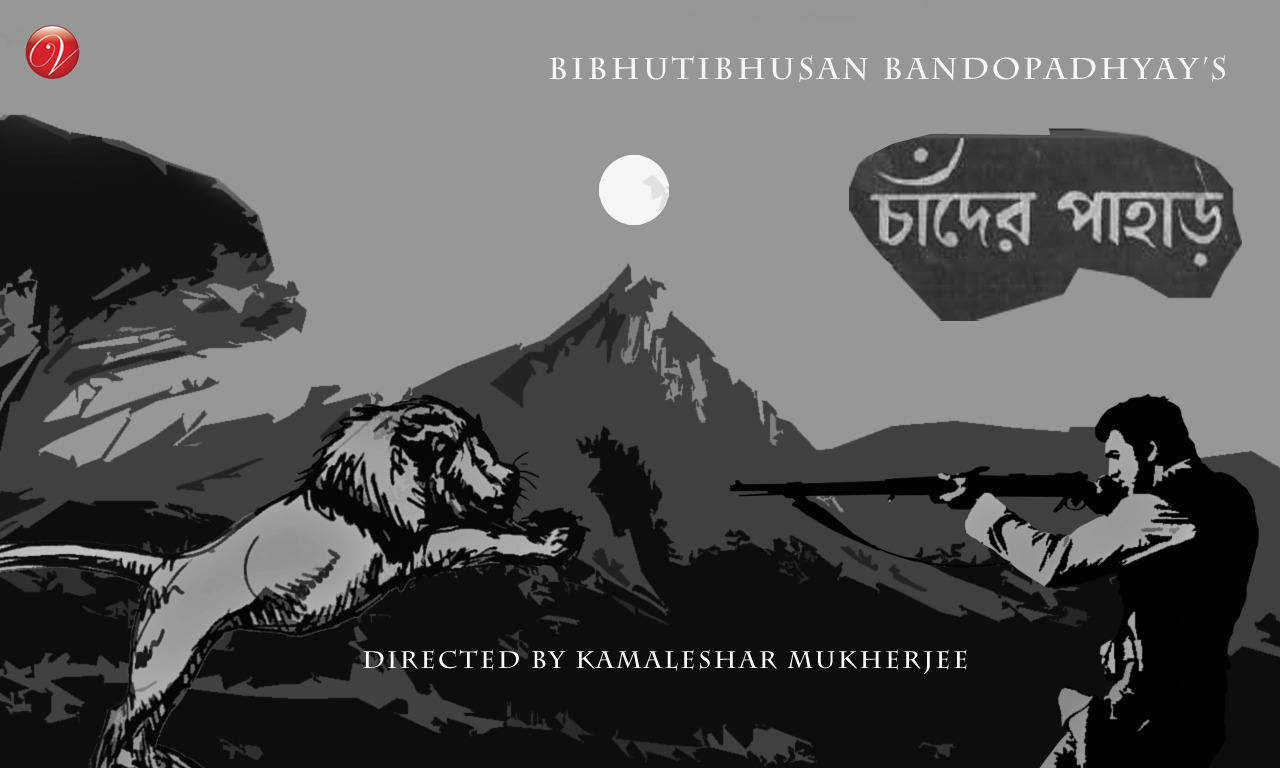


If it’s the pairing of an Indian and European together in a still alien climate that piques the interest of experts who read into colonial literature, they will be pleasantly surprised to learn that it’s the universal qualities in Alvarez such as valour and enterprise that Shankar is constantly fawning over, and not ‘whiteness’ or obscure ideals of enlightenment. Segupta, rightly, refrains from upgrading the names of places in the text (Zimbabwe is Rhodesia, Harare is Salisbury), which adds a quaintness to the story. With an easy-going simplicity (to the point of terseness for some) in a narrative that spans across several minute chapters, Jayanta Segupta’s translation, not employing words that have you scurrying off for the dictionary, indicates the copious amount of geographical research undertaken and a possible proclivity for the fiction of Rider Haggard (among others) on the part of Bandyophadyay. The Mountain of the Moon, a translation of Bibhutibushan Bandyophadyay’s (renowned for his novel Pather Panchali) Chander Pahar written in the 1930s, is a survivalist adventure story with sprinklings of the Bildungsroman and a cleverly insinuated horror element (the unspeakable Bunyip, the dreadful three-toed guardian of the elusive diamond cache). Up against threats as colourful and varied as lurking snakes, prowling lions, ferocious tribals, poisonous roots, the fury of an active volcano and a seemingly supernatural horror that did Alvarez’s former partner in, the seasoned outdoorsman and Shankar, displaying alacrity through thick and thin, stalk their dream with grit and single-mindedness. The love of adventure and the lure of riches fuel a spirited odyssey where the two risk life and limb, traversing hitherto unexplored dense forests, verdant grasslands and arid plains of the Dark Continent. One day, after Shankar saves the life of Portuguese explorer and gold prospector Diego Alwarez, the latter informs him of a quest he had once undertook for el dorado-like diamond mines in the treacherous Richtersveld Mountains. Popular Cultureĭingonek is referred in a Bengali novel " Chander Pahar" by Bibhutibhushan Bandyopadhyay.Translated from Bengali by Jayanta Senguptaįaced with the prospect of having to eke out a living as a jute mill clerk in his impoverished village for the rest of his life, Shankar Ray Choudhuri, having just come of age, bids farewell to his family and beloved Bengal to work as a railway construction camp storekeeper in Pre-World War I Uganda and, later, as a station master.

It is said to be exceedingly territorial and has been known to kill any hippos, crocodiles and even unwary fishermen, who have had the misfortune of wandering too close to their aquatic nests.

The description by John Alfred Jordan, an explorer who said that he actually shot at this unidentified monster in the River Maggori in Kenya in 1907, claimed this scale-covered creature was as big as 18 feet long and had reptilian claws, a spotted back, long tail, and a big head out of which grew large, curved, walrus-like tusks. This creature is also said to be covered head-to-toe in a scaly, mottled epidermis, which has been likened to the prehistoric-looking Asian anteater known as the pangolin. Said to dwell in the rivers and lakes of western Africa, the Dingonek has been described as being grey or red, 3 to 6 metres (9-18 feet) in length, with a squarish head, sometimes a long horn, saber-like canines-which has resulted in its nickname the "Jungle Walrus"-and a tail complete with a bony, dart-like appendage, which is reputed to be able to secrete a deadly poison.


 0 kommentar(er)
0 kommentar(er)
